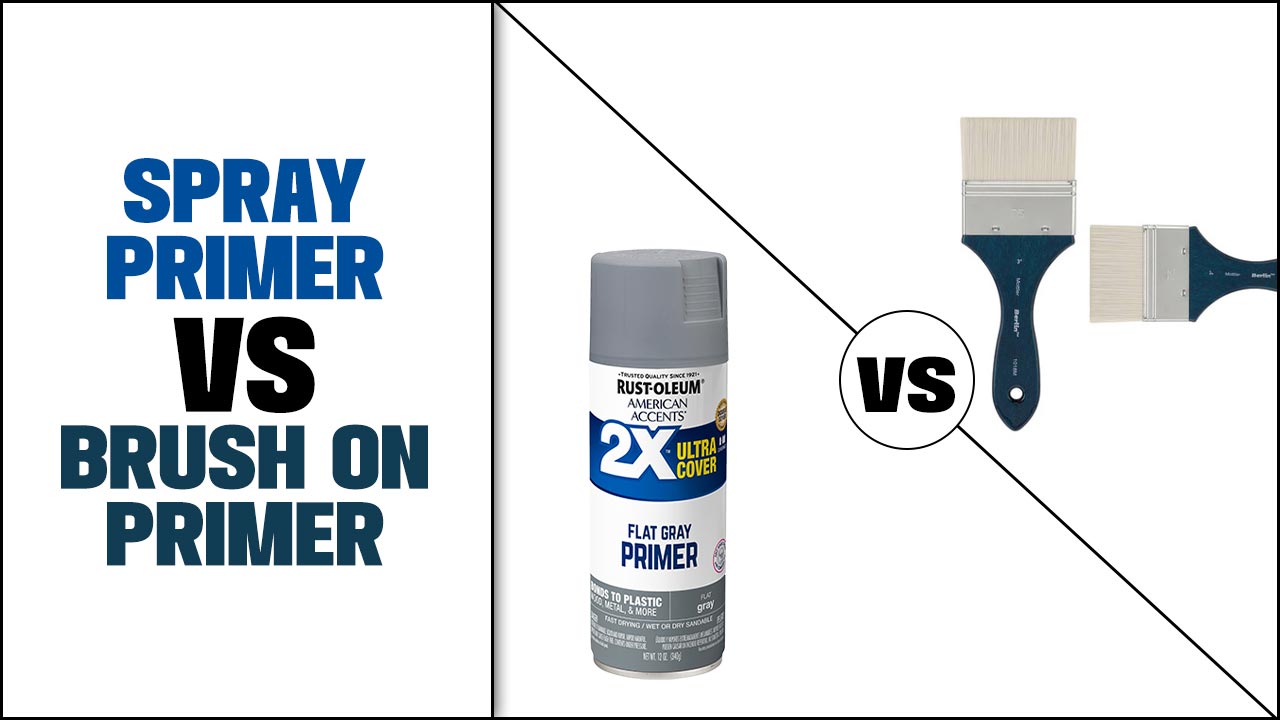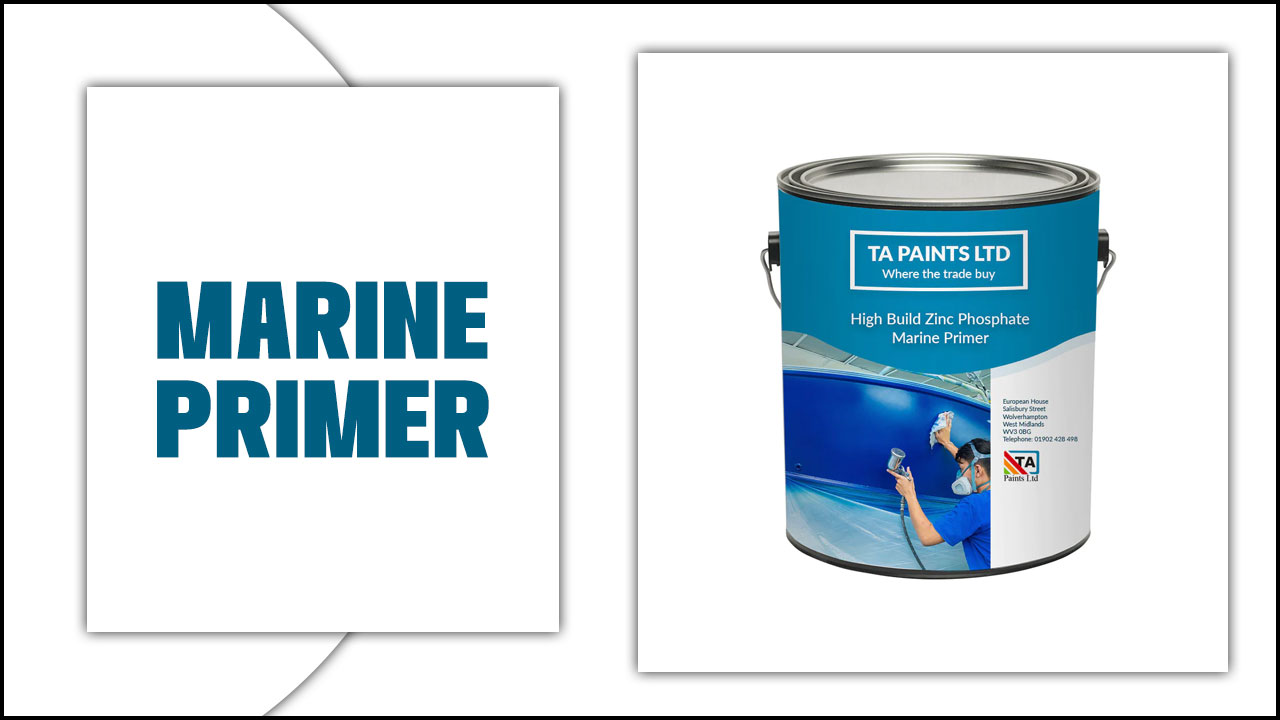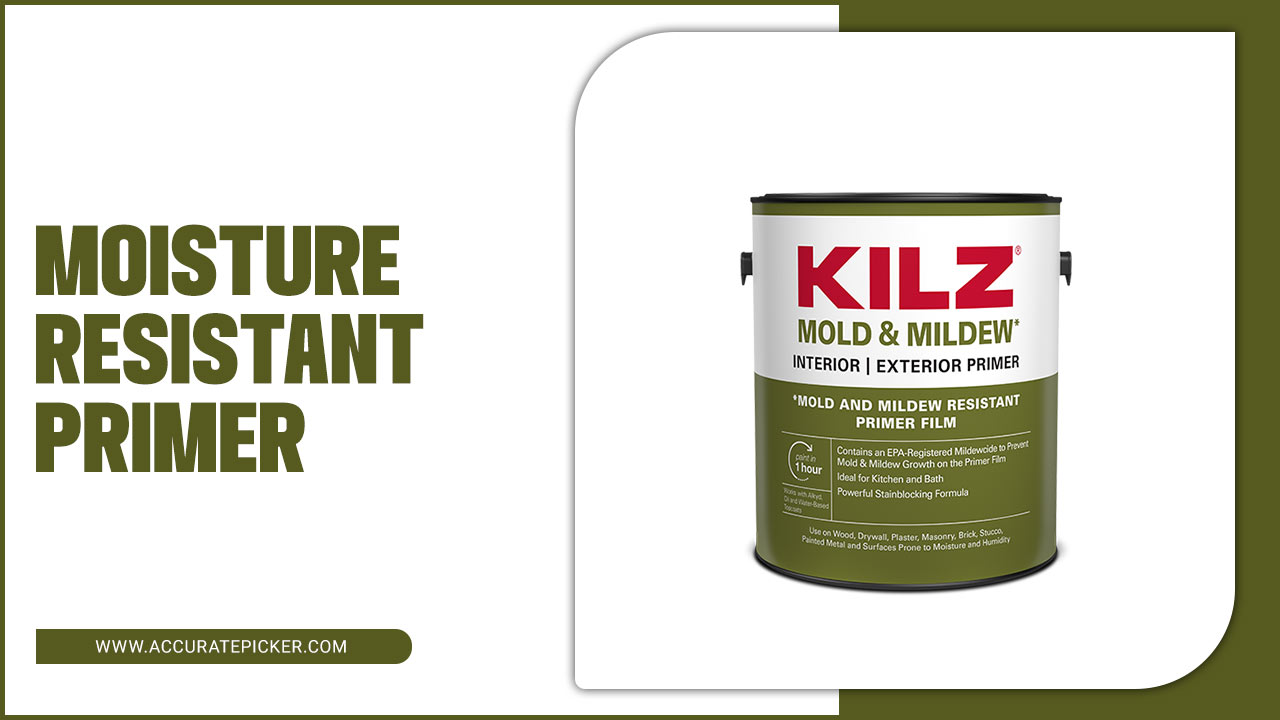Paint is an essential component of any home improvement project and the choice of primer vs. undercoat is an important consideration.
Primer and undercoat are both applied to a surface before painting, but their purposes are different and understanding the differences between them is essential to achieving a professional-looking finish.
Primer and undercoat each provide unique benefits and when used together, they create a strong bond between the paint and the surface, ensuring a long-lasting and attractive finish. This article will explore the differences between primer and undercoat, discuss their benefits and provide advice on when and how to use them. So, if you’re looking to achieve a professional-looking finish, read on to find out more about primer vs. undercoat.
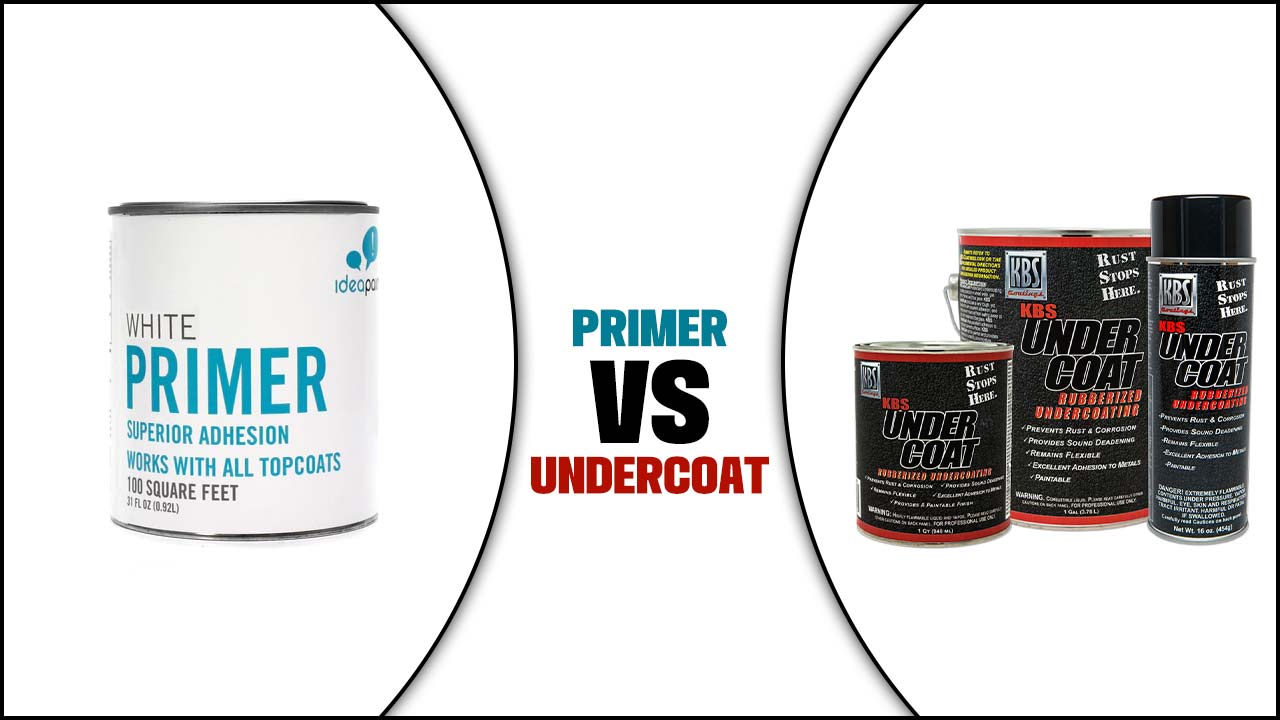
Primer Vs Undercoat: What’s The Difference?
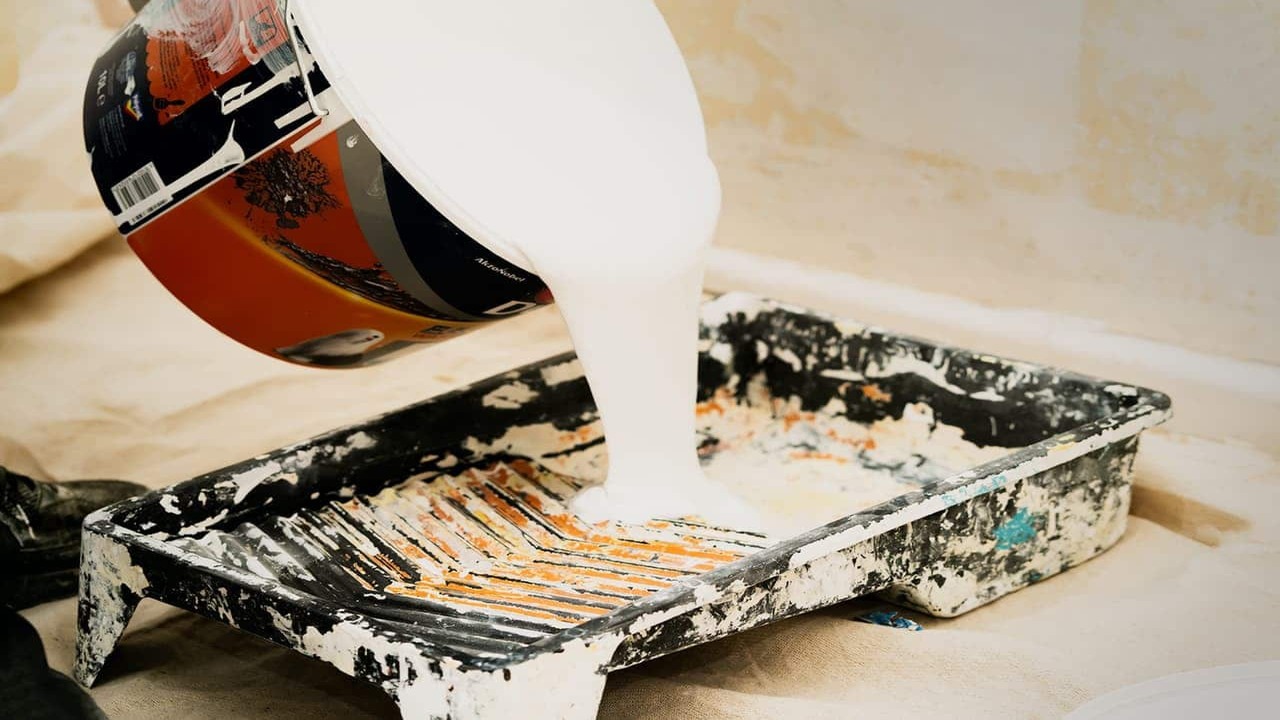
Before diving into the details of the comparison between primer and undercoat, it is important to understand the purpose of each. Primer is a preparatory coating applied to a surface before painting. It helps to seal the surface, ensuring better adhesion of the paint.
Undercoat, on the other hand, is a paint applied to a surface before the topcoat. It provides a protective layer and also helps to create a smoother finish for the topcoat. Both primers and undercoats are important components of a successful paint job, but when it comes to deciding between primer vs. undercoat, it is important to consider the specific needs of the project.
Definition
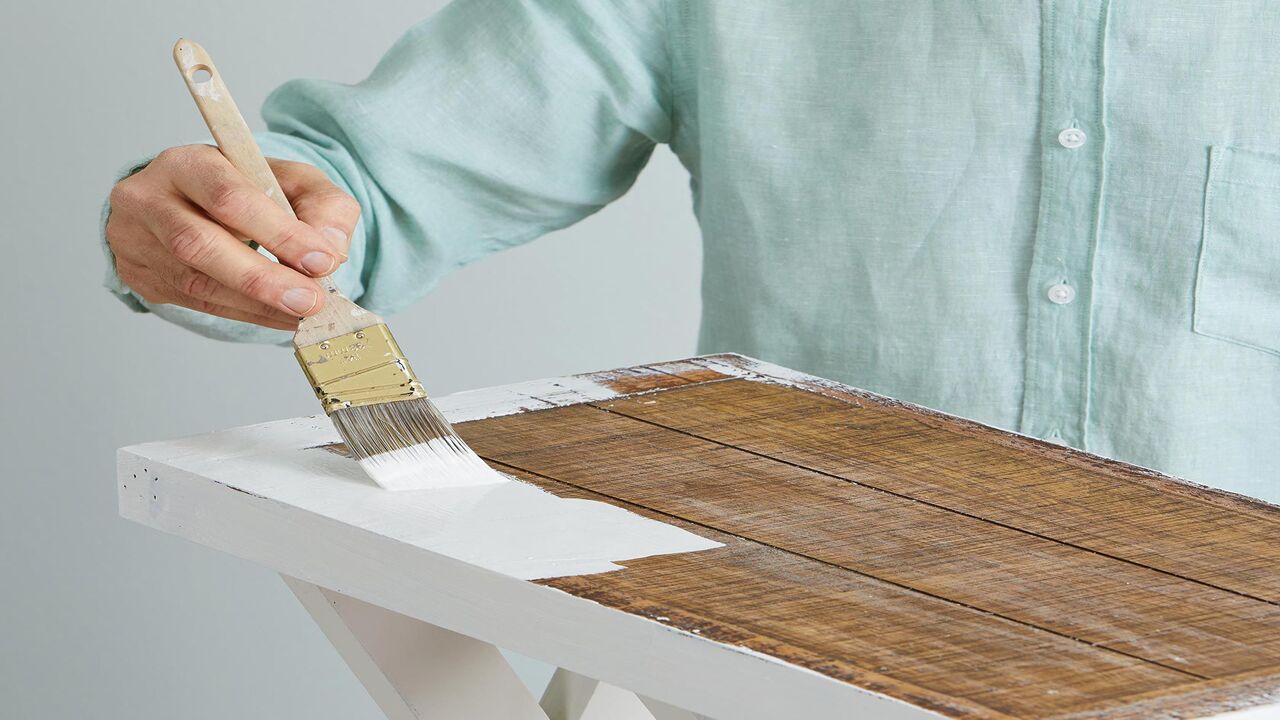
Primer and undercoat are two different types of paint products used in the painting process. Primer is a base coat applied before painting that helps to bind the paint to the surface and provide an even and consistent finish. Undercoat is a thicker coat of paint applied to the primer to provide an even and smoother finish.
Primer is usually a lighter colour than the undercoat and is applied in a thin layer. Undercoat is applied in a thicker layer, usually darker than the primer, and helps to create a uniform finish. Primer and undercoat work together to provide a smoother and more consistent finish before the final top coat is applied.
Primer
Primer is a type of paint that is used to provide a protective base layer before painting. It is typically applied to surfaces to help the paint adhere better and last longer. Primer also helps to fill in any imperfections and create a smoother finish.
It can be used on a variety of surfaces, including wood, metal, and plastic. Primer can help to prevent the paint from chipping, cracking, or fading. It is important to choose the correct primer for the surface being painted, as some primers are designed for certain surfaces. Once the primer is applied, it should be allowed to dry completely before applying the paint. A good primer can help ensure that your painting job looks its best for years to come.
Undercoat
Undercoat is a type of paint commonly used to protect surfaces from corrosion and damage. It is applied after the primer and before the topcoat. It is also known as a sealer or a stain blocker.
Undercoat is typically a mix of oil, resin, and pigment which is then spread onto the surface. This helps to protect the surface from the elements, while also providing a uniform look for the finish. The undercoat also helps the topcoat to adhere better to the surface, resulting in a more durable and longer-lasting finish. Undercoat is a great way to protect both interior and exterior surfaces, and can be used on a variety of surfaces, including wood, metal, and plastic.
Difference
The main difference between primer and undercoat is the purpose for which they are used. Primer is applied to bare surfaces before painting, with the aim of providing an even and durable base for the paint to adhere to. Undercoat, on the other hand, is applied after the primer and before the final topcoat of paint.
Its purpose is to provide more coverage and adhesion than the primer, as well as helping to create a smoother finish. Primers are generally formulated for a specific type of surface, such as wood, metal or masonry. Undercoats, however, are usually formulated to be compatible with a variety of surfaces and paints. Primers typically dry faster than undercoats and are generally less expensive.
Uses
Primer and undercoat have a variety of uses. Primers are best used for difficult surfaces such as wood, bare metal, and masonry. It can be used to prepare the surface for painting, by sealing any flaws or gaps. Primers can also be used to provide extra adhesion and protection for the paint.
Undercoat is best used as a base coat for wood, metal, and other surfaces. It helps to provide an even and uniform base to which the top coat of paint can be applied. It is also useful in helping to reduce the amount of paint needed to coat a surface.
Both primer and undercoat can help protect the surface from corrosion, weathering, and wear. In addition, they also help to improve the longevity of the finished paint job.
Primer

Primer is a type of paint used to prepare a surface for painting. It is applied before the topcoat, or final, color of paint. Primer is designed to adhere to the surface being painted, and provide a better bonding surface for the paint. Primer also has the ability to seal the surface, preventing stains and odors from coming through the paint.
Primer is usually an oil-based paint, which provides a stronger bond than latex primers. It also helps to protect the surface from moisture, which can cause damage over time. When selecting a primer, it is important to choose one that is compatible with the topcoat. This will ensure that the primer and topcoat will adhere properly, creating a durable, long lasting finish.
Undercoat
An undercoat is a type of paint that is applied to the surface of a wall before the topcoat is applied. The purpose of an undercoat is to increase the adhesion of the topcoat, providing a better finish. It also serves to hide any defects in the surface, such as scratches, dents, or discoloration.
An undercoat is typically formulated with pigments that are more opaque than the topcoat. This will give the surface a uniform appearance and provide a good base for the topcoat. An undercoat should be applied after any repairs or priming have been done to the surface. It is best to use an undercoat that is specifically designed for the type of topcoat that will be used.
Advantages

Primer and undercoat both have their advantages when it comes to painting, though the use of one or the other depends on the project. Primer is ideal for surfaces that are prone to chipping, such as hardwood, as it helps to create a better bond between the surface and the paint.
It also helps to create a uniform color, which is especially beneficial when painting over dark colors. Undercoat is great for preventing moisture from seeping into the wood, making it a good choice for exterior surfaces. It also helps to reduce the amount of paint needed, and makes the paint color more vivid. Ultimately, the decision to use primer or undercoat depends on the project and what you hope to achieve.
Primer
Primer is a type of paint that is specifically designed to be applied to surfaces prior to painting. It acts as a bonding agent between the substrate and the topcoat and helps ensure a uniform, durable finish. Primer is ideal for surfaces that are new, bare, or have been stripped of existing paint.
It helps to seal the surface, block out stains, and provide a good base for a top coat of paint. Primer also helps to reduce the number of coats needed for a uniform finish, as well as providing a stronger bond between the topcoat and the surface. Primer is available in both oil-based and water-based varieties, each of which offers advantages depending on the type of surface being painted.
Undercoat
An undercoat is a preparatory coat of paint used to seal the surface of wood, metal, or plastic and to improve adhesion of the topcoat. It is most often used on furniture, doors, and walls. It is applied before the topcoat and is usually either a clear or colored paint.
A clear undercoat can also be used to protect the surface from rust or corrosion. It can also be used to increase the durability of a topcoat, as well as to provide a smoother surface for the topcoat to adhere to. Undercoat can also be used to provide a better finish by filling in any gaps or cracks in the surface. An undercoat can also help to reduce the amount of time and effort needed to apply the topcoat, as the topcoat will adhere more easily to the undercoat.
Disadvantages

When it comes to using primer and undercoat, there are some disadvantages to consider. Primer is typically thicker than undercoat and takes longer to dry, which can increase the amount of drying time needed before the topcoat can be applied.
Primer can also be more expensive than undercoat, depending on the type of paint you use. Additionally, primer is often not necessary if the surface is in good condition and an undercoat is being used. This means that an extra step must be taken when applying primer. Finally, primer is not always necessary and can be skipped if the surface is already sealed or an undercoat is being used.
Primer
Primer is a critical step in the painting process, as it helps to ensure the longevity and quality of the finished product. Primer is a base coat that is applied to a surface, such as wood, before painting. It provides a base for the paint and helps to ensure that the paint adheres evenly to the surface.
Primers also help to seal the surface and prevent moisture and other elements from seeping through. Primers are available in water-based or oil-based formulas and can be tinted to match the color of the paint. Primer is essential for any painting project, as it helps to create a smooth, professional-looking finish.
Undercoat
Undercoat is a type of primer used in painting and staining projects. It is applied in between the primer and the topcoat, providing an extra layer of protection and enhancing the topcoat’s adhesion to the substrate. Undercoats are typically made from a combination of pigments, binders and solvents.
The pigments provide color, the binders create a uniform film, and the solvents help the product spread evenly. Undercoats are available in a variety of colors and finishes. They can be used to seal porous surfaces, create a uniform surface for painting, and provide greater protection against moisture and other environmental factors. Undercoats can also be used to identify areas of chalking or peeling paint and to prepare surfaces for topcoats.
In some cases, an undercoat may be applied to the entire surface, while in others, it may be applied to certain areas before the topcoats.
Conclusion
Primer and undercoat are both essential components of a paint job. Primer is applied first and helps the paint adhere to the surface better. Undercoat is applied after the primer and helps to even out the surface and prevent the paint from chipping or fading. Both are important steps in ensuring a quality finish and should not be skipped.
FAQ’s
1.What Are The Differences Between Primer And Undercoat?
Ans: Primer is a preparatory coat used to seal the surface and improve the adhesion of the paint, while undercoat is a preparatory coat used to provide a good surface for the paint to adhere to. Primer is typically used on new surfaces or surfaces that need to be repaired, while undercoat is used on existing surfaces. Primer is usually made from oil or latex, while undercoat is usually made from alkyd or latex. Primer is generally thicker and stickier than undercoat, while undercoat is usually thinner and smoother.
2.What Types Of Surfaces Should Primer And Undercoat Be Used On?
Ans: Primer and undercoat should be used on any surface that needs painting, such as wood, metal, plaster, and masonry. They are designed to improve the adhesion of the topcoat and provide a better surface for the paint to adhere to. Primers can also be used to provide a uniform finish, seal in stains, and protect the surface from moisture. Undercoats are used to provide a smooth base for the topcoat and provide extra durability.
3.What Are The Benefits Of Using Primer And Undercoat?
Ans: The use of primer and undercoat in painting projects can provide many benefits. Primer acts as a sealant, helping paint adhere to surfaces more effectively and preventing the need for multiple coats. Undercoat acts as a base coat, helping to even out and smooth the surface before the topcoat is applied. The use of primer and undercoat can also help protect surfaces from weathering and from wear and tear. Finally, primer and undercoat can help to ensure that the color of the topcoat stays true and vibrant for a longer period of time.
4.What Type Of Paint Should Be Used On Top Of Primer And Undercoat?
Ans: The type of paint that should be used on top of primer and undercoat is usually a topcoat. A topcoat is a type of paint that provides a protective layer, as well as a decorative finish. When choosing a topcoat, it is important to consider the type of surface you are painting, the amount of wear and tear it will encounter, and the desired look. Common topcoat options include acrylic, latex, and oil-based paints.
5.Are There Any Special Techniques Needed When Applying Primer And Undercoat?
Ans: Yes, there are special techniques needed when applying primer and undercoat. It is important to use a brush or roller of the correct size for the surface being covered. When applying the primer and undercoat, smooth, even strokes should be used to ensure an even finish. Also, it is important to let the primer and undercoat dry completely before applying additional layers.


